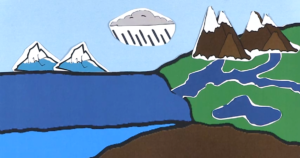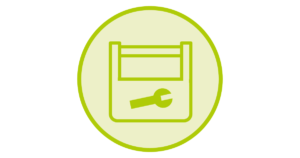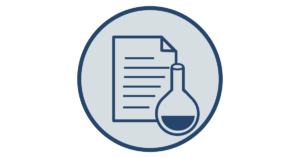This post is also available in: Español (Spanish) Français (French) Deutsch (German)
Ever wondered how much surface water is in rivers, lakes, channels and reservoirs around you? Then you should learn more about measuring surface water with this e-learning tool.
Methods for Surface Water Quantification
We will provide you with some measuring techniques, which do not need much equipment. This gives you already a good idea on your surrounding surface water status. Everybody can help to keep an eye on our planets water resources. However, for more precise measurements you will need more elaborate methods. Have a look by yourself and try out your first tests.
Measuring Surface Water by Birthe Hohm and Ruth Schaldach is licensed under a Creative Commons Attribution-ShareAlike 4.0 International License.
Surface water is an important water source not only for recreational purposes. Rivers, Lakes and channels are the most easily accessible water sources, which are naturally widely spread over the planet. Surface water is part of the hydrosphere and thus depends on recharge and discharge even without human beings starting to influence these processes. Thus, surface water quantification is the first step for developing sustainable water usage practices and once implemented to monitor these.
Firstly, if you know the recharge speed of your system, you can set discharge limits. Secondly, surface water bodies should never dry out under a limit, which makes it very important to never use too much. A functioning aquatic ecosystems needs a minimum flow level to survive. However, surface water is more exposed as underground water and, therefore, more vulnerable to climatic conditions like high evaporation rates in times of drought. Additionally, this water source is also most affected by pollution as it is easy accessible and exposed. The agricultural revolution, industrialisation and urbanisation draw heavy on surface water resources, especially in regions without an implemented waste water treatment infrastructure. As dryer the region is as more vulnerable is your system and more important it is to know your surface water bodies exactly.
Therefore, measuring and mapping your water quantities gives you important directions for sustainable usage practices.



